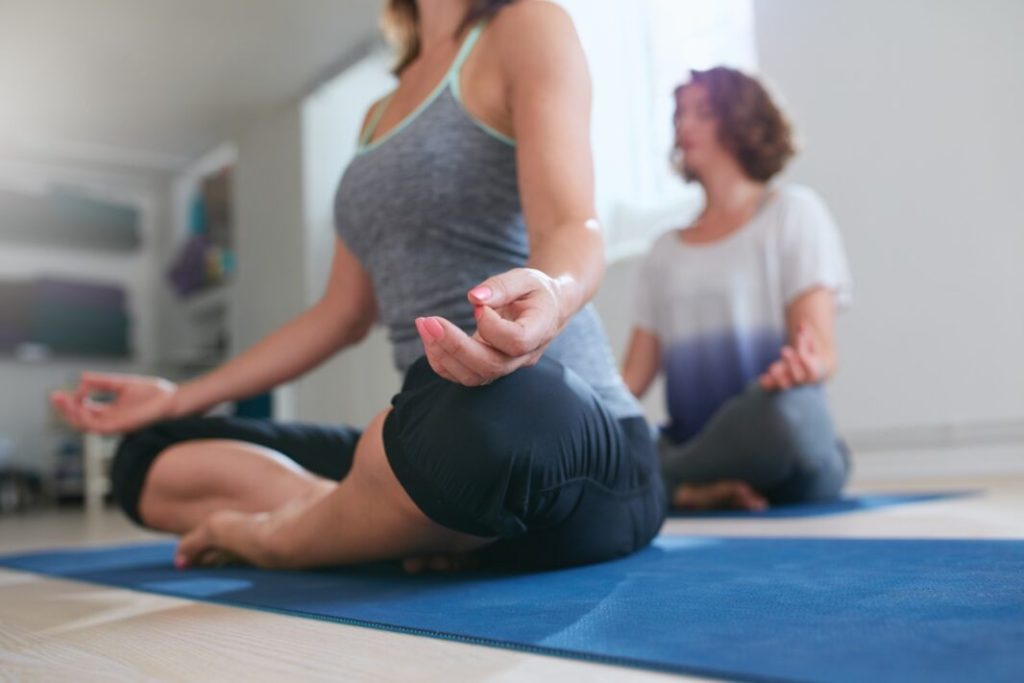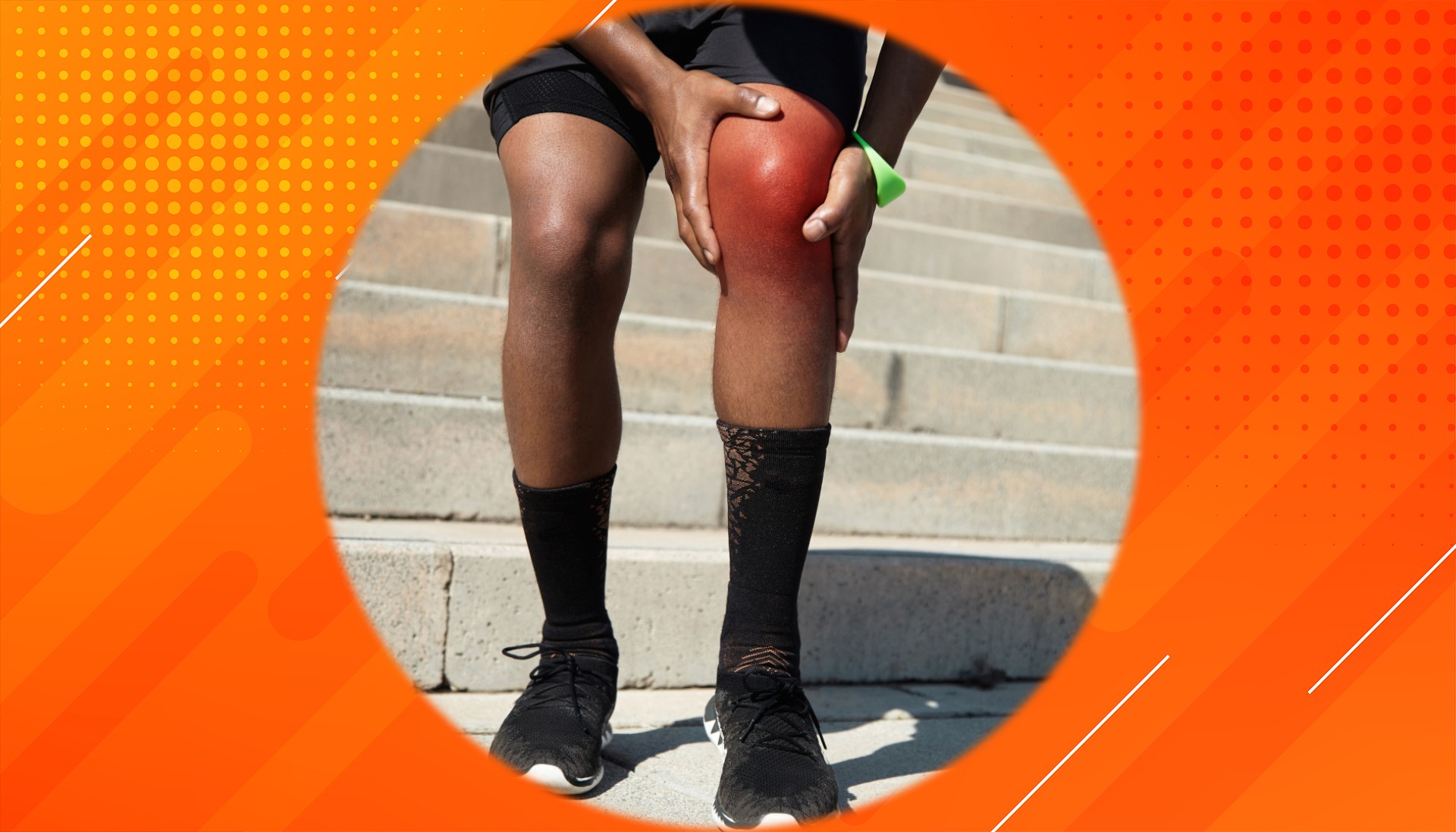Introduction
Knee osteoarthritis is a common joint condition that affects millions worldwide. It develops when the cartilage that cushions the knee joint wears away over time, leading to pain, stiffness, and difficulty with movement. Everyday tasks like walking, climbing stairs, or even standing for a while can become a challenge. While medication or surgery are options for some, many people effectively manage symptoms through non-drug approaches—most notably, targeted knee strengthening exercises. These exercises can relieve pain, improve knee function, and boost your quality of life. In this article, you’ll find a simple, research-backed exercise program designed specifically to help you manage knee osteoarthritis, so you can move with greater comfort and confidence.
Why Strengthening the Knee Matters
Strengthening the muscles around your knee is one of the best ways to support the joint. Research shows that stronger muscles help absorb stress on the knee, reducing pain and improving mobility. Think of your muscles as natural shock absorbers for your joints. By following a regular exercise routine, you’re giving your knees the support they need to work— and feel—better. These exercises are safe to do at home or in a gym, require little to no equipment, and can make a real difference.
Understanding Knee Osteoarthritis and Muscle Strength
Knee osteoarthritis happens as the protective cartilage at the ends of your bones gradually wears down, resulting in pain, swelling, and stiffness. As the joint becomes less stable, you may notice muscle weakness—especially in the quadriceps at the front of your thigh. Weaker muscles make it harder for the knee to stay supported, which can aggravate symptoms.
Building muscle strength is key. Strong muscles form a supportive framework around your joint, absorb impact, and help keep your knee in proper alignment. This reduces the strain on already worn cartilage, making daily movement easier and less painful. With improved strength in the quadriceps, hamstrings, and stabilizing muscles around the knee, you may even slow down the progression of osteoarthritis. Muscle strengthening is a valuable approach for everyone, regardless of age or background.
Your Step-by-Step Knee Strengthening Routine
Below is a set of easy exercises designed to build strength and stability around your knee. All you’ll need is a chair, a wall, and (optionally) a resistance band. Each exercise comes with instructions, form tips, safety advice, and ways to adjust for your fitness level. Start gently, listen to your body, and increase your efforts gradually.
1. Seated Leg Raises
- Sit tall on a sturdy chair with your feet flat on the floor.
- Slowly straighten one leg out in front of you until it’s parallel to the ground.
- Hold for 5 seconds, then gently lower your leg back down.
- Repeat 10 to 15 times on each leg.
Tips: Keep your back straight and avoid locking your knee at the top. Move slowly and start with fewer repetitions if you’re new to exercise. This targets your quadriceps without stressing the knee joint.
2. Wall Sits
- Stand with your back against a wall, feet shoulder-width apart and about 1–2 feet from the wall.
- Slide down until your knees are bent to a comfortable angle (about 45 degrees).
- Hold for 10 to 15 seconds, gradually increasing the time as you get stronger.
- Slide back up to standing. Repeat 5 to 10 times.
Tips: Don’t let your knees move past your toes—this helps protect your joints. If the full bend is uncomfortable, don’t go as low.
3. Step-Ups
- Use a sturdy step or platform about 6–8 inches high.
- Step up with one foot, pressing through your heel, then bring the other foot up.
- Step back down, one foot at a time.
- Repeat 10 to 15 times on each leg.
Tips: Keep your body upright. If you feel unsteady, use a lower step or hold a railing for balance.
4. Mini Squats
- Stand with your feet hip-width apart.
- Gently bend your knees about 10–15 degrees (a shallow squat).
- Keep your back straight and knees tracking over your toes.
- Pause, then return to standing.
- Repeat 10 to 15 times.
Tips: Engage your core to help balance. Hold a chair or wall for support if needed.
5. Resistance Band Exercises
- Sit or stand with a resistance band looped around your ankles or thighs.
- Perform controlled leg extensions (straightening your leg against the band’s resistance) or side steps.
- Aim for 10 to 15 repetitions per movement.
Tips: Start with a light resistance band and increase difficulty as you get stronger. Continue only if you feel comfortable and pain-free.
Incorporating These Exercises into Your Daily Routine
Doing these exercises regularly can reduce knee pain and help you move more easily. Strong muscles share the load with your joint, making daily activities—like walking and climbing stairs—feel easier. For best results, pair your exercise routine with other healthy habits, such as maintaining a healthy weight and wearing proper footwear. Staying active and building strength becomes even more important as we get older.
Tips for Safe and Effective Progress
Start slow, with fewer repetitions, and gradually build up as your strength grows. Working with a physiotherapist—even for a few sessions—can be helpful to ensure proper form and prevent injury. Listen to your body: if you experience sharp pain or swelling, lower the intensity and consult your healthcare provider for advice.
Helpful Keywords for Your Journey
In this article, you’ll find terms like “knee strengthening exercises for osteoarthritis,” “knee strengthening exercises at home,” “how to strengthen knee ligaments,” and “physiotherapy exercises for knee osteoarthritis.” These phrases can help you locate more resources and support for your knee health.
Conclusion
A focused knee strengthening program is a powerful, non-invasive way to manage osteoarthritis symptoms. By building muscle and supporting your joints, you can relieve pain and move more freely day-to-day. Start incorporating these exercises into your routine, and consider speaking to a healthcare professional to tailor the program to your specific needs. With commitment and the right guidance, you can improve your knee strength, stability, and overall well-being—one step at a time.
References
Magnusson, K., Kumm, J., Turkiewicz, A., & Englund, M. (2018). Early knee osteoarthritis or healthy ageing? Osteoarthritis and Cartilage, 26, S60–S61.


